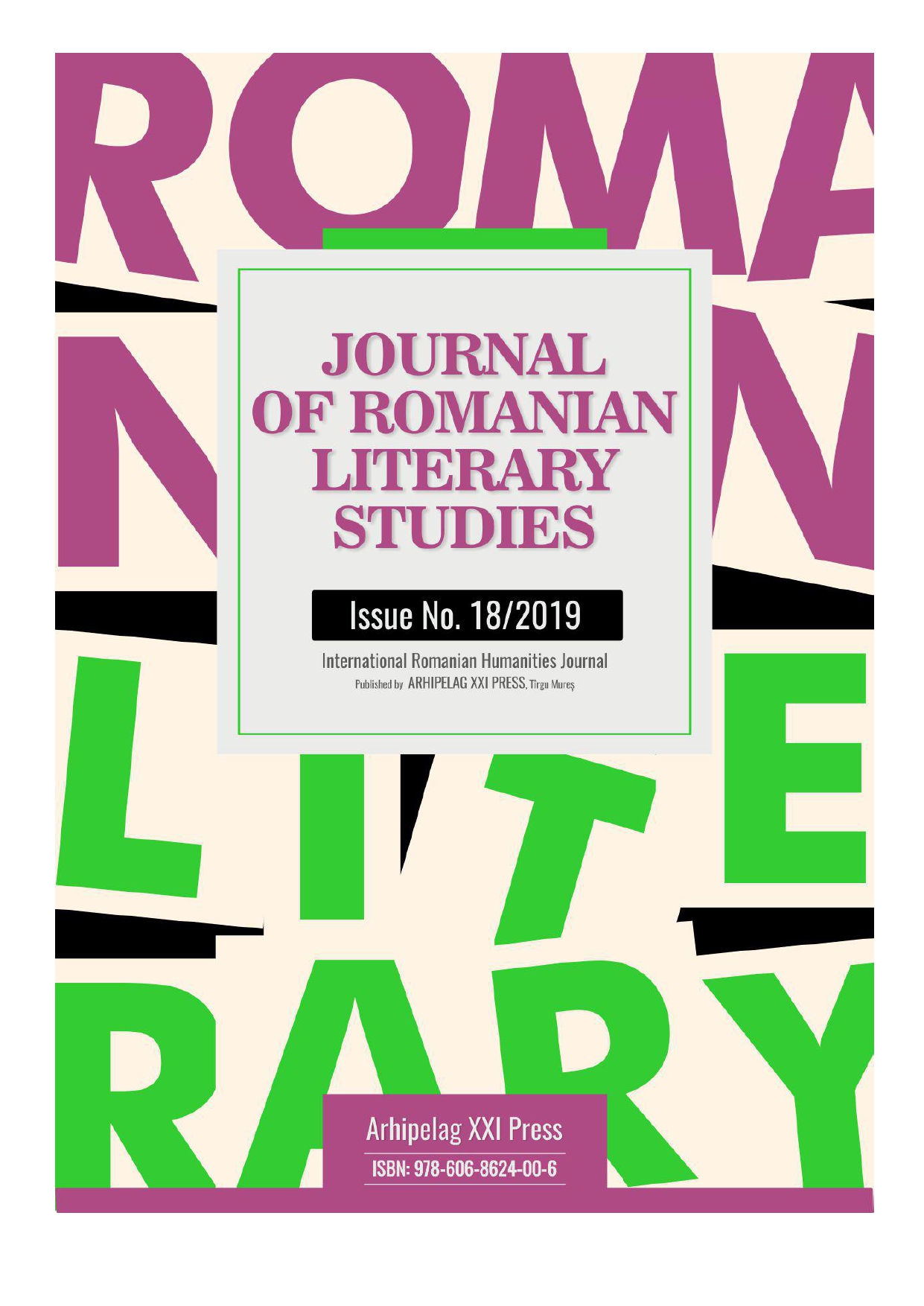ELEMENTS OF LICENTIOUS LANGUAGE IN ROMANIAN TRANSLATIONS: ”THE FEAST OF THE GOAT”, MARIO VARGAS LLOSA
ELEMENTS OF LICENTIOUS LANGUAGE IN ROMANIAN TRANSLATIONS: ”THE FEAST OF THE GOAT”, MARIO VARGAS LLOSA
Author(s): Ioana IliseiSubject(s): Lexis, Semantics, Descriptive linguistics, Translation Studies
Published by: Editura Arhipelag XXI
Keywords: argot; The feast of the Goat; Latin American literature; translation; Vargas Llosa;
Summary/Abstract: The new kind of literature that came up with the Latin American boom in the mid-twentieth century implied the capture of reality in the smallest details and implicitly of the language of people from the society, from the poorest to the richest and the intellectuals. The richness of the Latin American novel comes from the release of the provincial criteria. Mario Vargas Llosa is an important exponent of Hispanic literature and comprises in his novels an irresistible force and power for the reader through the multitude of techniques used. Argon, jargon or licensed language complements the description of space and characters, helping the reader to get to the smallest detail of the world presented by the author. The force of description, the blending of naturalism with traditional space, the fine portraits of the characters make the novel La fiesta del Chivo (The feast of the Goat) reach the minds of people. Belonging to the dictatorial novel, The feast of the Goat describes the last day of life of Rafael Leñnidas Trujillo Molina, dictator of the Dominican Republic between 1930Ŕ1961, and his death. In spite of this political and social framework, Vargas Llosa describes all the people around the president using the language as a weapon to complete the description of the Dominican Republic society.
Journal: Journal of Romanian Literary Studies
- Issue Year: 2019
- Issue No: 18
- Page Range: 963-972
- Page Count: 10
- Language: Romanian

